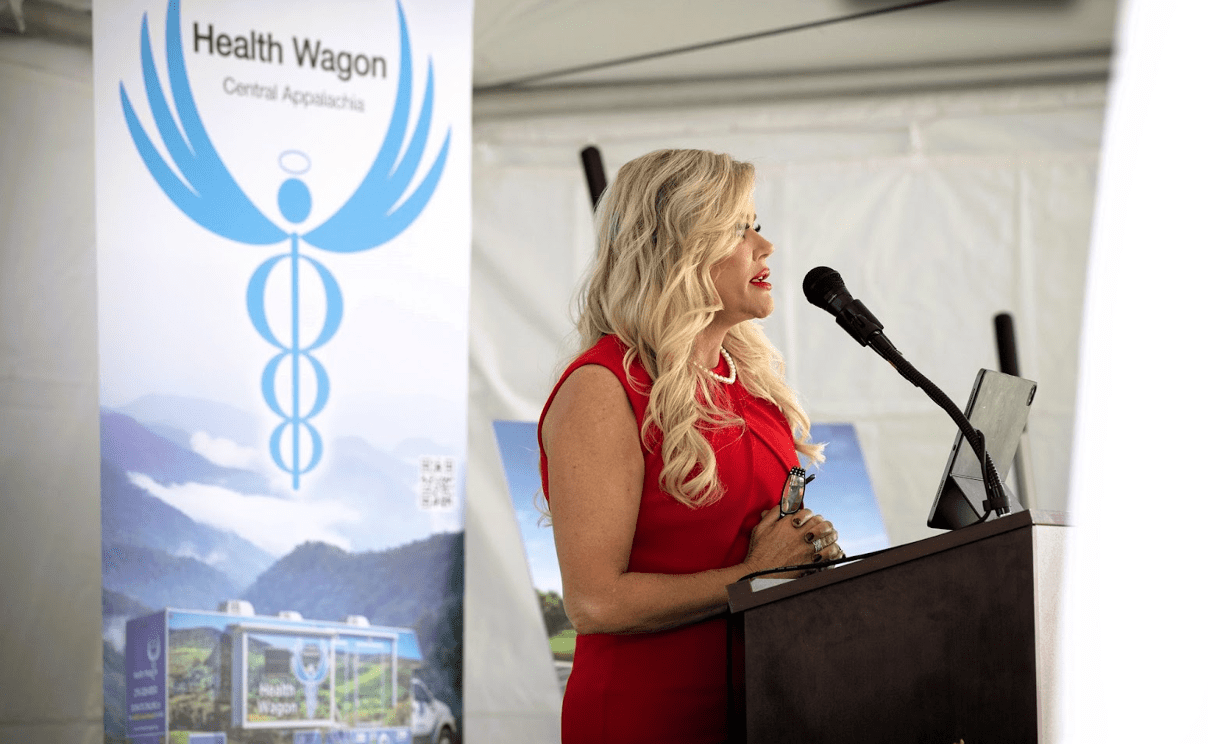Health
A lot of Health Supplements are Being Consumed by Fitness Enthusiasts to Intake Essential Nutrition

In a global health survey, it is found that fitness enthusiasts are consuming a lot of health supplements in order to ensure fast recovery after workout sessions. And they are also making use of different health products to supply the right nutrition to their body. Due to the rising interest of people in building their physique, the demand for different health supplements has taken a huge jump.
It is observed through the health survey that the use of a good tasting protein powder has increased manifold times among people. As people doing workout on a daily basis need to ensure the right supply of protein to their muscles, they are consuming different protein powders to grow their muscles fast. Moreover, the use of different health supplements also helps to improve the performance of a person during his workout session.
Over the last few years, the gym culture has spread to different parts of the world and the increasing digitization has played an important role in it. It is noted that different age groups of people are taking part in various types of workouts to improve their health and maintain their fitness in their daily routine.
Due to the high popularity of corporate culture, more and more working professionals are making efforts to improve their appearance and looks. Hence, they are hitting gyms and participating in other types of workouts which is eventually leading to the high consumption of health supplements.
The use of protein powders, pre-workouts, energy drinks, and other vitamin tablets, is becoming a common thing in today’s time. Many people have confessed that it is not easy to intake all the essential nutrition by eating a normal diet. Hence, they require additional health supplements to boost their stamina, grow their muscles, and ensure the fast recovery of their muscles after an intense workout session.
Moreover, many fitness experts have added that people in today’s time are living a very busy lifestyle which is making it difficult for them to eat food every 2-3 hours. In order to ensure the right supply of nutrition to their body, gym-goers are relying on health supplements to fulfill their nutritional requirements. Another factor that is leading to the high consumption of health supplements is the availability of different flavors in them.
It is helping every person to choose his favorite flavor of health supplements to supply the right amount of nutrition to his body. It is also found through the survey that the influence of celebrities is also making people buy health supplements. Apart from this, the use of online marketing techniques is being made by health supplements producers to gain an immense profit in the business world.
Social media influencing is a common technique which is in high use by different health supplement providers to attract more customers towards their products. Different companies are hiring social media influencers with huge followers to reach the maximum of their target audience with ease. Such marketing and promotion techniques are being made by health supplement providers to sell their health products on a large scale.
Health
Dr. Teresa Tyson, DNP, Discusses The Hidden Healthcare Crisis in Remote Regions

Image source: Dr. Teresa Tyson, DNP, and Health Wagon
Access to healthcare remains a challenge for many individuals living in rural and remote areas, where medical facilities are scarce or difficult to reach. Many residents endure long travel times for even basic medical services, leading to delayed diagnoses and worsening health conditions. The lack of healthcare professionals further compounds the issue, leaving communities with inconsistent or inadequate care.
While technology and government initiatives have made strides in addressing these disparities, Dr. Teresa Tyson, DNP, notes how there are many obstacles still hindering widespread improvement. Bridging the healthcare gap requires a combination of innovative solutions, infrastructure development, and policy changes to ensure that medical services reach those who need them most.
Limited Access to Medical Care
Many remote regions struggle with a severe lack of healthcare facilities, leaving residents with minimal options for medical treatment. Hospitals and clinics are often located hours away, making even routine checkups a logistical challenge.
A shortage of medical professionals further worsens the situation, as many doctors and nurses prefer to work in urban areas with better resources and career opportunities. As a result, rural communities often rely on understaffed clinics or visiting healthcare workers who may not be available consistently. This leads to delayed diagnoses and inadequate treatment for chronic conditions. Many rural clinics operate with limited medical supplies, making it difficult to provide comprehensive care even when healthcare professionals are available.
In some cases, patients must travel long distances just to receive basic care, often at great personal and financial costs. The burden of transportation, time off work, and the uncertainty of available treatment discourage many from seeking medical attention until their conditions become severe.
Health Risks and Consequences
Delays in medical care often mean that conditions that could have been treated early turn into serious health complications. Many individuals in remote areas develop chronic illnesses that go undiagnosed for years simply because healthcare services are too far away or difficult to access. Diseases that are manageable with regular monitoring, such as diabetes or hypertension, frequently spiral out of control due to the lack of consistent medical supervision.
Beyond physical health, the absence of adequate healthcare also takes a toll on mental well-being. Isolation and limited access to mental health professionals leave many struggling with anxiety, depression, and other psychological conditions without proper support. In small, tight-knit communities, stigma around mental health can make it even harder for individuals to seek help, further exacerbating the crisis.
Preventable diseases continue to spread in these areas due to the lack of vaccinations, screenings, and early interventions. Without proper healthcare infrastructure, outbreaks of common illnesses can have devastating effects, particularly on children and the elderly. The combination of poor access, financial barriers, and limited awareness creates a cycle where minor health concerns escalate into life-threatening conditions.
Challenges in Expanding Healthcare Services
Building and maintaining healthcare infrastructure in remote regions comes with considerable hurdles. Poor road conditions and unreliable transportation make it difficult for medical professionals to reach patients, and in some cases, ambulances are unavailable, forcing residents to rely on personal vehicles or community efforts to transport those in need. In areas with extreme weather conditions, seasonal challenges further complicate healthcare delivery, cutting off entire communities during certain times of the year. These conditions make it nearly impossible for emergency medical teams to provide timely assistance in critical situations.
Funding remains a major obstacle, as rural healthcare facilities often struggle with limited financial resources. Many small clinics operate on tight budgets, lacking essential medical equipment and supplies. Without sufficient investments, these facilities cannot expand their services, making it harder to attract and retain qualified healthcare workers. As a result, many professionals opt to work in urban settings where they have access to better salaries, career advancement, and modern medical technology.
Role of Technology in Bridging the Gap
Advancements in technology are offering new ways to connect patients in remote areas with medical professionals. Telemedicine has made it possible for individuals to consult doctors without having to travel long distances, reducing delays in diagnoses and treatment. Virtual consultations, remote monitoring, and mobile health apps allow patients to receive medical advice without needing to visit overcrowded or distant healthcare facilities. In addition to telemedicine, artificial intelligence is being used to assist in diagnosing conditions remotely, helping bridge the gap in specialist care.
Despite its potential, implementing technology-driven healthcare solutions in rural regions is not without obstacles. Many areas lack reliable internet access or the necessary digital literacy to make full use of telehealth services. Even when technology is available, the cost of devices and connectivity can create another barrier, preventing low-income households from benefiting fully. Addressing these issues requires a combination of infrastructure development, education, and financial support to ensure that technology can be effectively integrated into rural healthcare systems.
Efforts to Improve Rural Healthcare
Governments and nonprofit organizations are actively working to address the healthcare challenges faced by remote communities. Investment in medical outreach programs, mobile clinics, and training initiatives for local healthcare workers has helped bring essential services to those who need them most. Some regions have introduced incentive programs to encourage doctors and nurses to work in underserved areas, offering student loan forgiveness, housing assistance, or higher salaries.
Community-led initiatives also play a crucial role in improving healthcare access. Local volunteers and advocacy groups often step in to provide educational workshops, vaccination drives, and wellness programs tailored to the specific needs of their communities. These grassroots efforts help bridge gaps where formal healthcare systems fall short, ensuring that residents receive at least some level of medical support.
Future Prospects for Remote Healthcare
Innovations in medical technology, policy changes, and raising awareness are shaping the future of rural healthcare. The expansion of telehealth services, combined with improved infrastructure, has the potential to make healthcare more accessible and efficient. Continued investment in mobile medical units and community-based programs could ensure that even the most isolated areas receive the care they need. Research into low-cost, portable medical devices is also opening new doors for remote diagnostics and treatment.
Sustained progress will depend on collaboration between governments, healthcare providers, and local communities. Long-term solutions require more than temporary programs; they demand systemic changes that prioritize equitable medical access. If these efforts continue to grow, rural healthcare systems may finally move toward lasting improvements that benefit future generations.
-

 Tech4 years ago
Tech4 years agoEffuel Reviews (2021) – Effuel ECO OBD2 Saves Fuel, and Reduce Gas Cost? Effuel Customer Reviews
-

 Tech6 years ago
Tech6 years agoBosch Power Tools India Launches ‘Cordless Matlab Bosch’ Campaign to Demonstrate the Power of Cordless
-

 Lifestyle6 years ago
Lifestyle6 years agoCatholic Cases App brings Church’s Moral Teachings to Androids and iPhones
-

 Lifestyle4 years ago
Lifestyle4 years agoEast Side Hype x Billionaire Boys Club. Hottest New Streetwear Releases in Utah.
-

 Tech6 years ago
Tech6 years agoCloud Buyers & Investors to Profit in the Future
-

 Lifestyle5 years ago
Lifestyle5 years agoThe Midas of Cosmetic Dermatology: Dr. Simon Ourian
-

 Health6 years ago
Health6 years agoCBDistillery Review: Is it a scam?
-

 Entertainment6 years ago
Entertainment6 years agoAvengers Endgame now Available on 123Movies for Download & Streaming for Free
